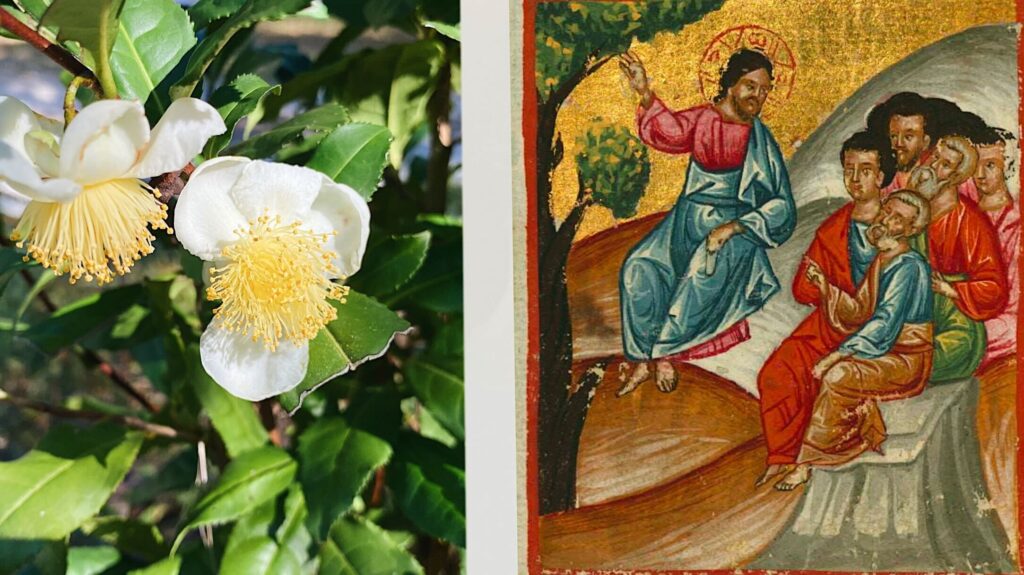CMP Review 2023-10-29

In his Antiquities of the Jews, Josephus refers to the Feast of Tabernacles as “the holiest and greatest feast.” It took place in late September or early October and “was a time of thanksgiving for harvest. It was a happy time; devout Jews lived outdoors in booths made of tree branches for seven days as a reminder of God’s provision in the desert during their forefather’s wanderings.”
About two months later, the Jewish people celebrated the Feast of Dedication, which is today known as Hanukkah or the Feast of Lights. It was celebrated for eight days in December to commemorate the reconsecration of the temple by Judas Maccabeus in 165 BC.
Gail R. O’day observes that John 7:1–10:21 records events and interactions that took place at or around the Feast of Tabernacles. Then verse 22 transitions to the Feast of Dedication. “Jesus is still in Jerusalem,” she writes, “but the time of year has changed. Tabernacles was celebrated in late September/early October, the Feast of Dedication in December.”
In C. C. James’s The Gospel History, the chronological basis for the six poetry volumes of Charlotte Mason, the entire record of both festivals (John 7:1–11:54) takes place between events recorded in the Synoptic Gospels (between Luke 9:50 and 9:51). Charlotte Mason closely followed his chronology and also noticed the gap in the Gospel of John between the two feasts.
Commentator Gail O’day asks, “How is the chronological gap between the two halves of John 10 to be understood?” For her and many others the question is to be answered theologically. But for Miss Mason, the question is to be answered by the sanctified imagination. Where did Jesus and His disciples go “Between the Festivals”? What did he teach them? What did He say?
Follow this link to read the poetic answer by the woman and teacher who spent her life meditating on the Word of God.
@artmiddlekauff